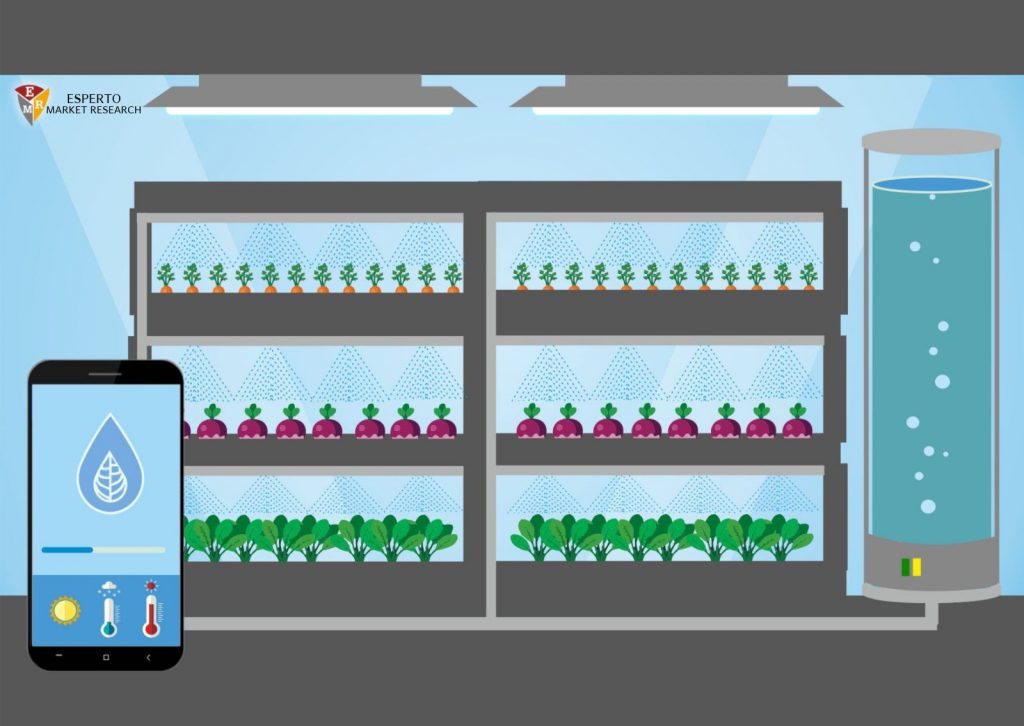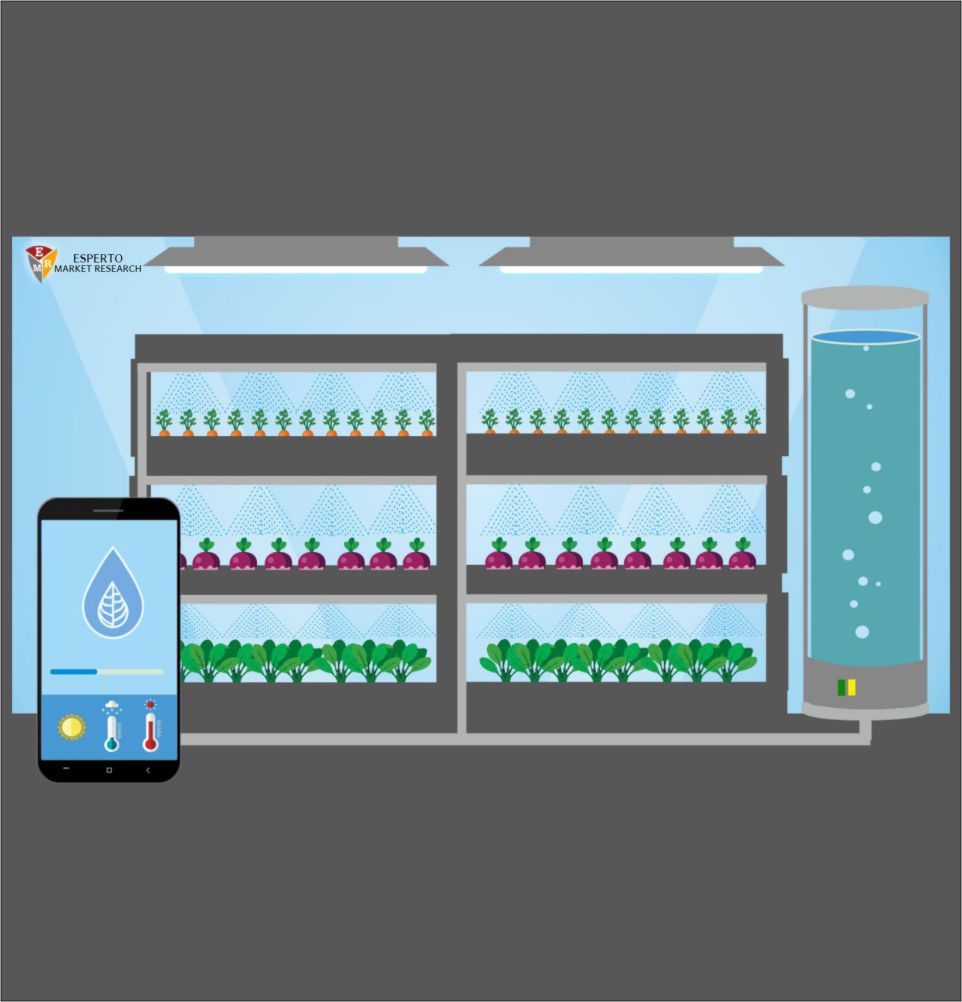Innovation in agriculture sector has opened gateways for a host of sub industry verticals ranging from Soil-less to Greenhouse Farming and more recently Precision to Vertical Farming (VF). The concept of alternative farming techniques has been gauged extensively by corporate and small scale farmers alike to analyse its impact as a potential revenue source along with battling the global food security issues. In this regard, Precision Farming has emerged to be complementing the existing agriculture practices. However, VF is being positioned as a viable aid to conventional farming output, particularly in more developed countries or where arable land is becoming scarce.

The double digit growth of the VF Market has become a potential revenue source, largely for lighting players. The incessant growth of the LED market has been further propelled by the adoption in the agriculture sector, VF being in the forefront. The participation of lighting giants such as Philips, Osram, and GE exemplify the potential that this market holds. Moreover, more niche players such as Fluence Bioengineering and Valoya are eyeing the opportunistic alliance of legal Cannabis cultivation and VF.
In the past two years (2016-2018), the state and definition of VF has significantly evolved. Over $280 million have already been invested in the VF market place in the last 1.5 years alone. Moreover, companies such as Plenty have been at the epicentre of investments and funding, offering hope and opportunities for the large number of young companies in the market. The company plans to enter the Chinese Market with more than 300 vertical farms with funds from Jeff Bezos (Amazon Chief Executive) and Eric Schmidt (Alphabet Executive Chairman). Furthermore, the heightened state of smart cities and associated developments (in Middle East and Asia) is expected to drive revenue for the Vertical Farming market in the next five years. It is anticipated that AeroFarms might commence a project in Qatar with local business tie-ups.
The growth and sustenance of the VF market is heavily reliant on how its perception evolves among the masses. The current viability of such farms is largely limited to greens and high end exotic crops. A significant percentage of the global population still considers onions, potatoes and similar vegetables as staple. Therefore, it is imperative for R&D to be focussed on growing more of these and less of greens. Adding on to that, the market should not be touted as a solution to world hunger, where a whooping percentage relies on conventional farming as their livelihood and do not have the resource pool for switching practices. The viability holds immense authenticity for countries like Singapore which are economically strong and have an alarming scarcity of arable lands. The reliance on imports is yet another factor for such countries to opt for space and yield effective farming alternatives.
Our next blog for Agriculture talks about Automation and Analytics in Agriculture Sector.





